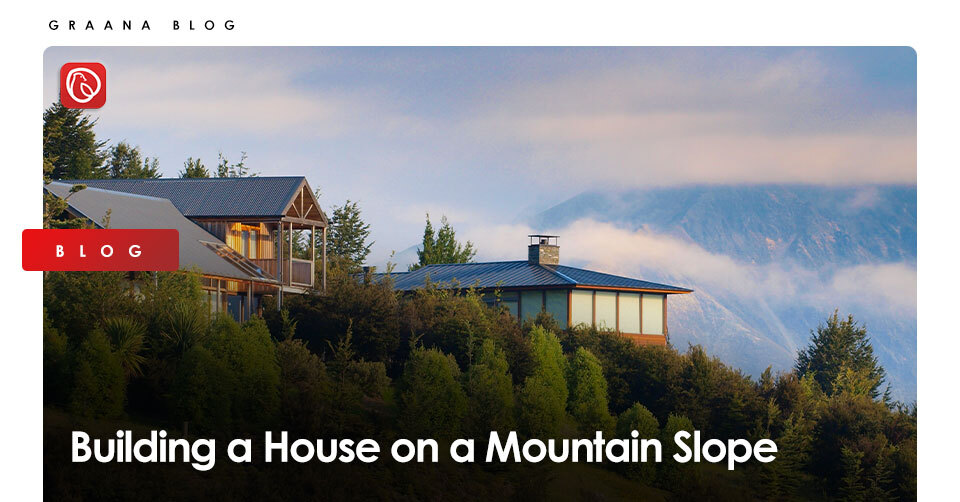When it comes to building a house, one of the biggest decisions you will make is where to build it. It is a dream of many people to build their own home. For some, this dream includes building their home on a mountain slope. While this may seem a considerable notion, it comes with its own pros and cons.
Graana.com, Pakistan’s smartest property portal, has compiled the benefits, challenges and tips for you to construct a house on a mountain slope.
Benefits of Building a House on a Sloping Mountain
There are several benefits of building a house on a sloping mountain.
Views
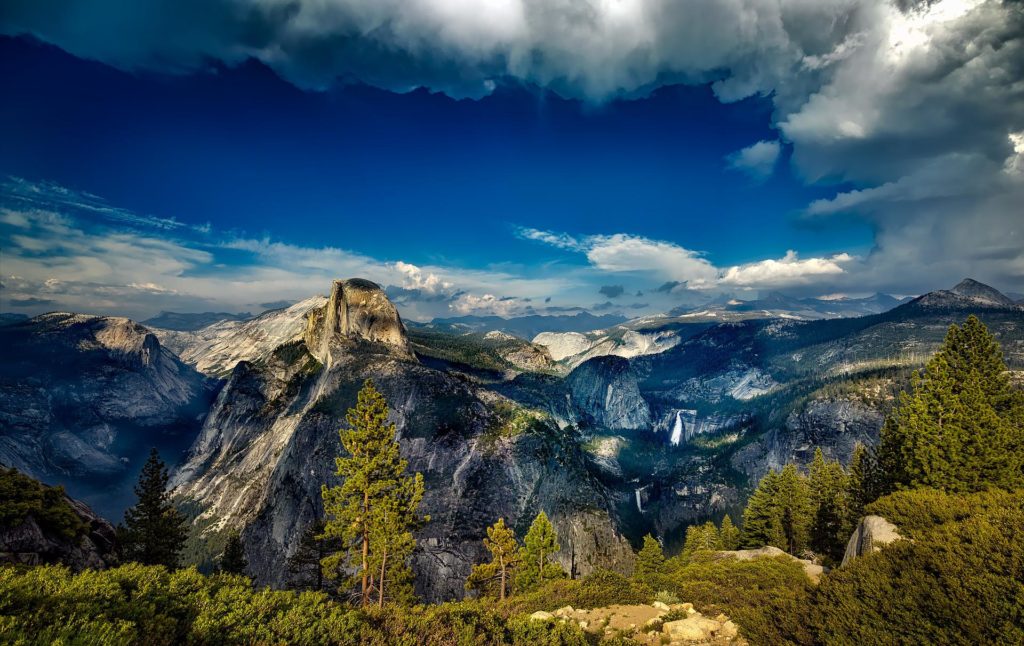
When it comes to mountain properties, the views are the biggest benefit. Whether you are looking for a place to retire, raise a family or just get away for the weekend, a house on a mountain can offer you a fitting backdrop.
With no buildings or other structures blocking your view, you will always have an unobstructed view of the surrounding landscape.
Walkout Basement
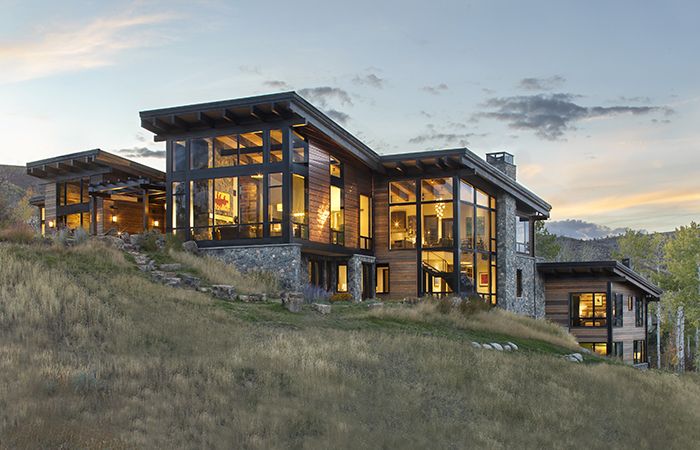
The opportunity to incorporate a walk-out basement into your house design is one of the largest benefits of building on a sloped site.
A walkout basement is a great way to take advantage of the natural landscape and use every inch of available space. It also provides easy access to the outdoors, which is perfect for those who love spending time in nature. Plus, it’s also naturally insulated.
A walkout basement can have lots of windows to let in natural light. Some sloped-lot plans move the walk-out to the front of the house, resulting in a striking front elevation and a unique interior layout.
Lots of Natural Light
Building on a slope allows you to add a walkout level to your home at a lower cost, allowing for more natural light to stream through instead of the customary gloom of a basement.
Furthermore, homes built on a slope can be designed in such a way that they are exposed to more sunshine in general. If you intend to build a home with several levels, verify your local building laws and height restrictions to ensure that your property complies with all regulations.
More Privacy
A home that is constructed on a sloping site has more windows. However, that does not mean you will have less privacy. In fact, with your property built on sloping land, your house won’t immediately face your neighbour’s house. Because of the number of surrounding trees, another advantage of building on a mountain is the increased overall privacy.
Major Challenges of Building a House on Sloping Mountain
There are some issues with building a house on a sloping mountain.
Excavation and Accessibility Challenges
The steeper the slope, the more difficult it is to carry excavation equipment to the property. Consider the kind of construction trucks that will you will require to access the site and the best way to do so. Keep in mind that the more difficult something is, the more it will cost.
Draining Issues
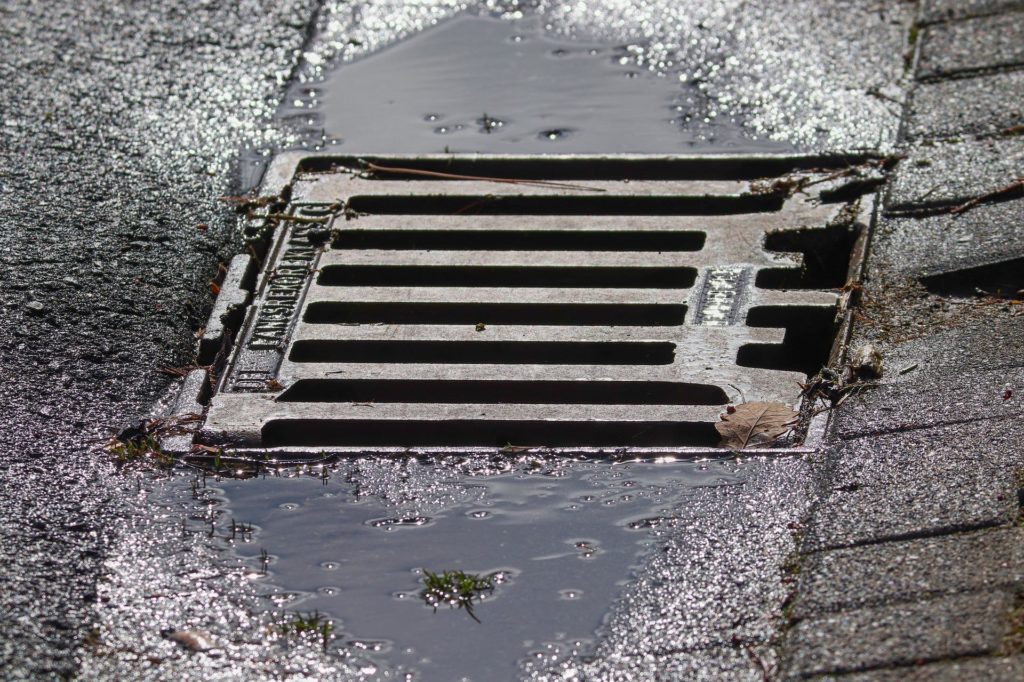
Water should never puddle or collect near the foundation and should always flow away from the home. This can be difficult, but not impossible, when building a home on a sloped property.
When the house is constructed, a professional landscape architect should be hired to guarantee that the landscaping layout keeps draining water away from the house.
Maintenance
Consider whether or not utilising a lawn mower is practical while deciding on a landscape layout for the yard. While constructing a retaining wall would seem like an easy option, it would be a better choice to opt for low-maintenance gardening and landscaping.
It’s not only time-saving but also more cost-effective. Working with a professional in the early stages of design can pay dividends in the long term.
Erosion
The potential causes and sources of erosion must be recognised and treated prior to construction. It is perhaps the most crucial reason to hire experienced professionals.
Pre-construction engineering work on sloping sites is much more important than in plain areas since the construction on hilly areas is more prone to erosion.
Tips to Construct a House on a Mountain
Maximise the Use of Natural Light
Whether you’re planning to build a new home or set up a business in mountainous areas, you should always try to make maximum use of natural sunlight, instead of using other costly alternative sources. For instance, you can install a solar panel on the roof to generate electricity through solar energy.
The orientation of your building’s construction is critical in this regard. Ascertain that no vegetation or site will be injured or destroyed during the construction of your structure.
Inquire about the location of drainage, creeks, and other features so that you don’t harm anything important during the construction process and end up paying for later.
Consult the Experts
Taking professionals on board is one of the best ways to ensure that you know all the construction challenges that you may face in the future. Experts could advise you on the precautions to take and brief you on the details of the procedures.
This is especially important as building a house in the mountains is not the same as building one in the city.
You may meet many unprecedented problems, hence, it is best to seek advice from professionals such as engineers and architects. You can also hire a private building surveyor to oversee the construction to ensure that the structures are energy-efficient and, most importantly, safe.
Choose Suitable Construction Materials
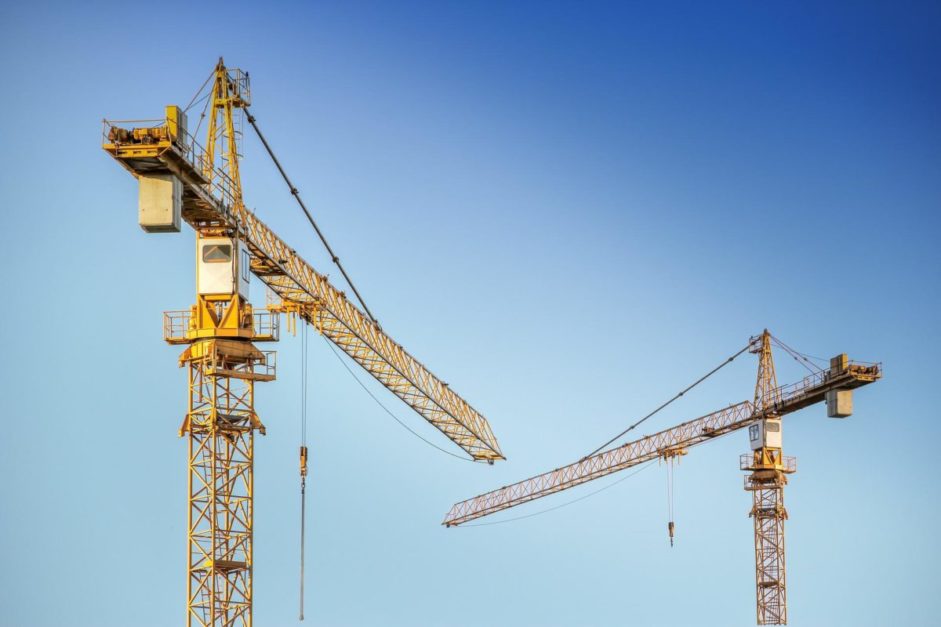
When choosing a construction material, you should go for an earthy-warm tone and colour palette. Natural wood, aluminium, and brass are some of the most common construction materials that you can use in the construction of a house on a mountain.
Natural wood is an excellent material since it requires less energy to produce, is renewable, and has carbon-capture properties.
Aluminium, on the other hand, is a superb building material because of its excellent strength-to-weight ratio.
Consider Inclined Roofs for Your Building
When building on the mountains, an inclined roof is ideal since it can help to resist hail, snow, water, and wind, all of which can occur in the highlands.
They become more solid, stronger, and provide excellent water drainage due to their triangular design. In addition, several architects advise an inclined roof to minimise the risk of a collapsing roof.
To read more about the construction sector of Pakistan, visit our blog.
Read More
Ground Floor Vs. First Floor – What Portion Should You Rent
A Complete Guide to House Flipping
